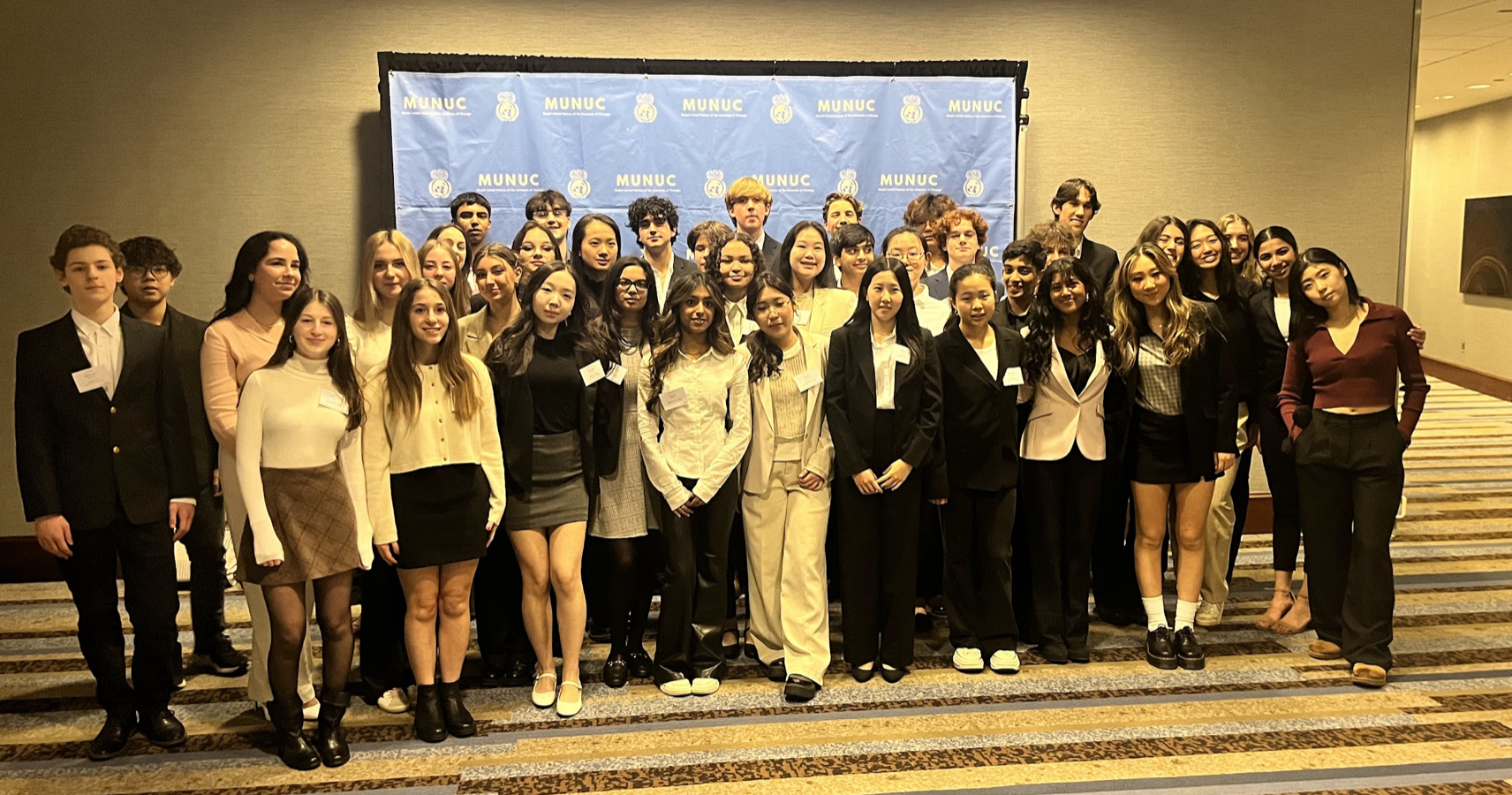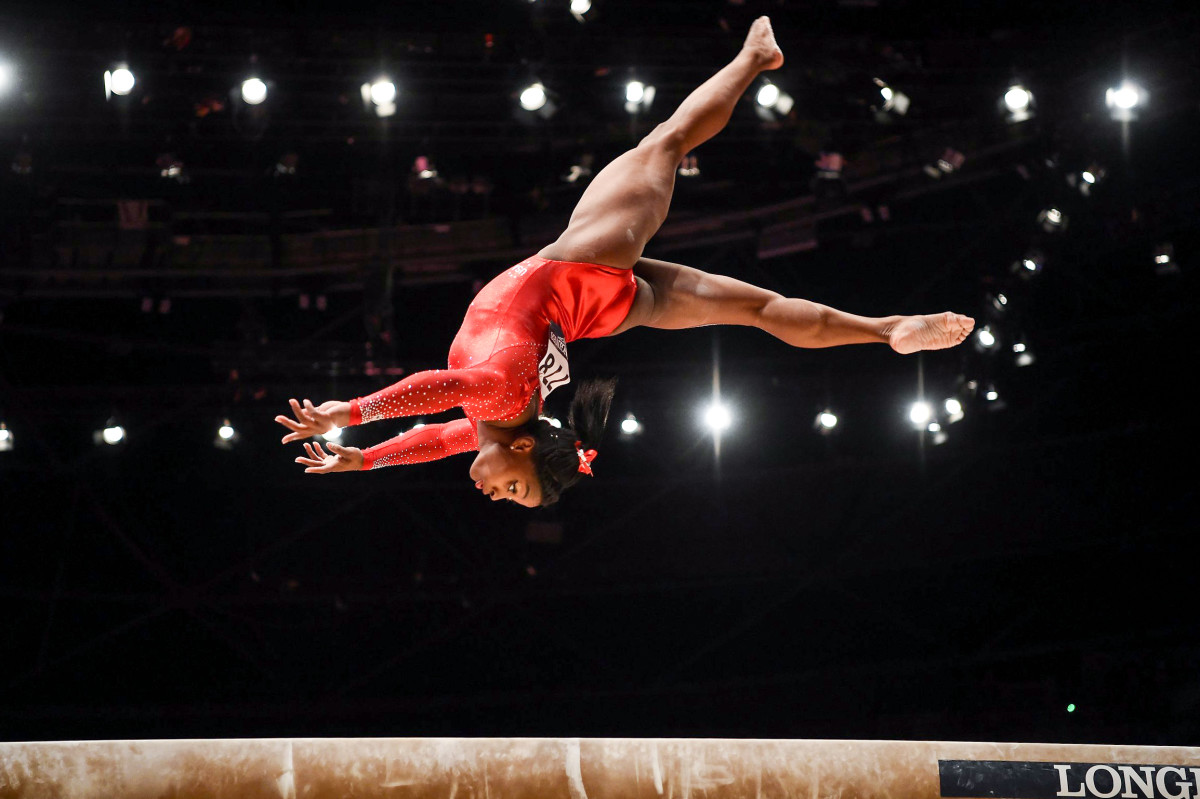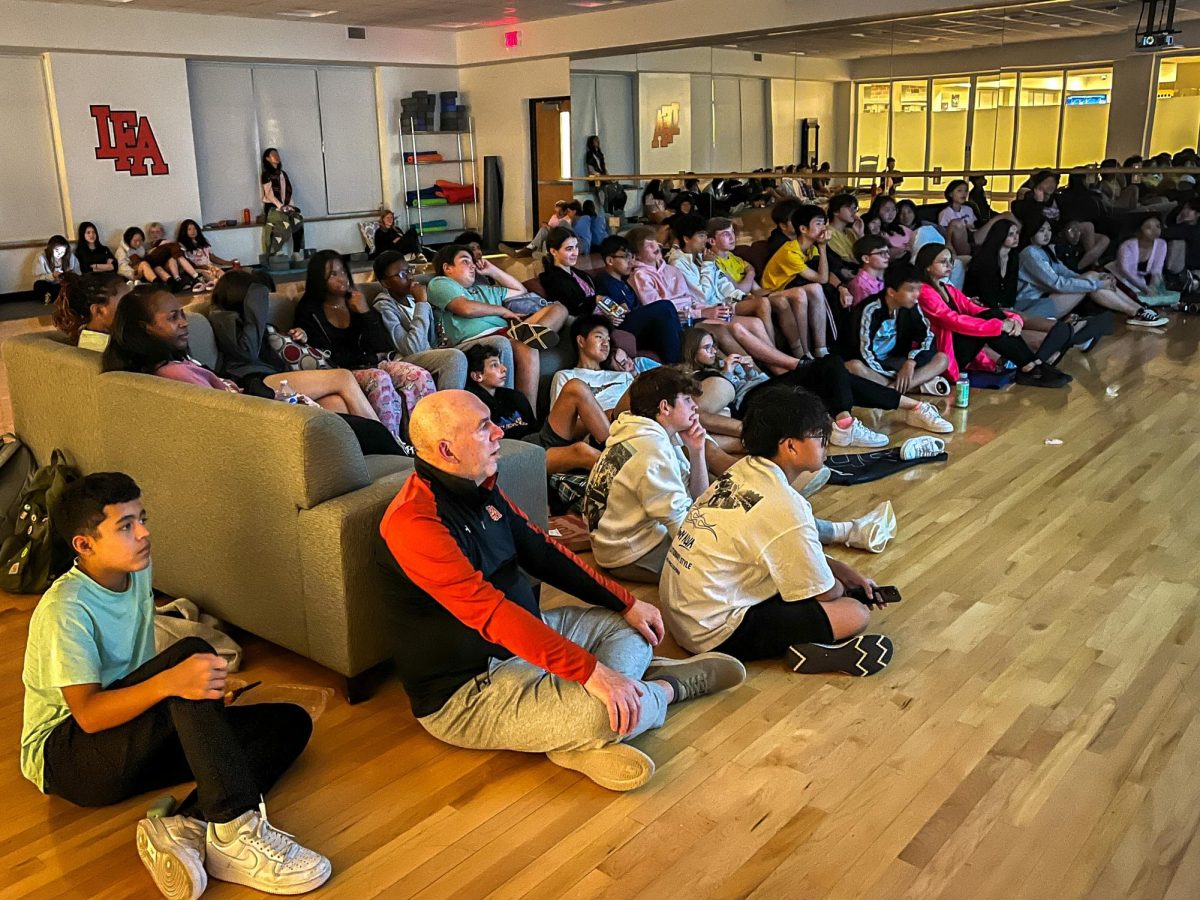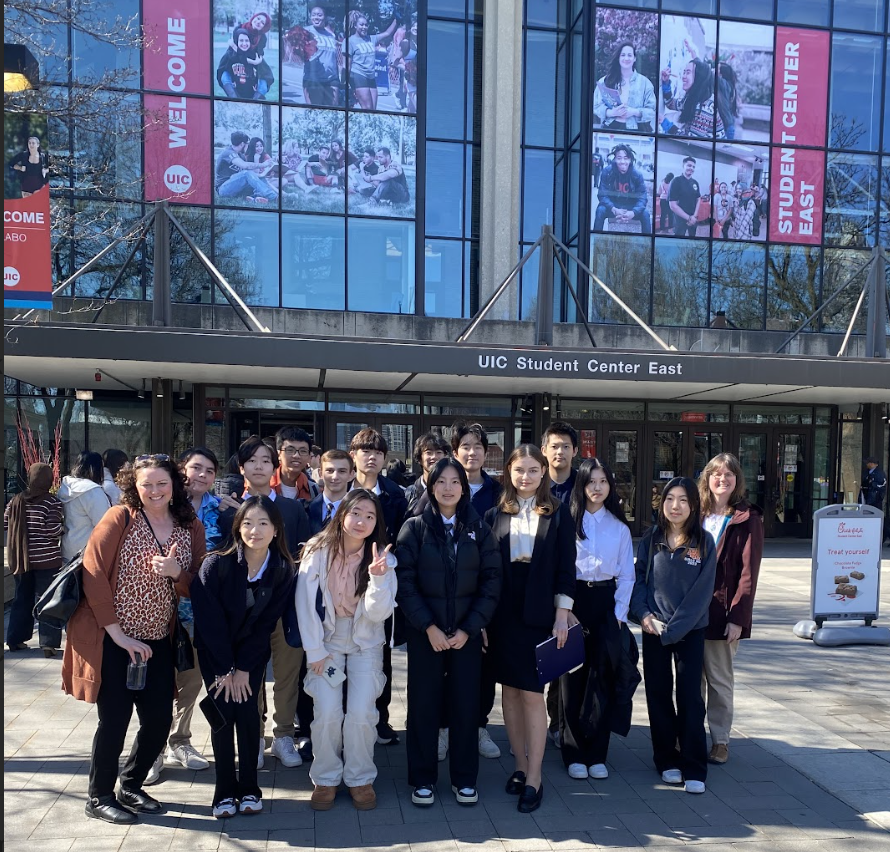At LFA, it is no rarity for students to be involved in a wide range of clubs. Some are purely entertaining and some are highly rigorous and time consuming. These small microcosms inform much about our school culture. Twice per week, we hear club announcements at Morning Meetings,enjoy numerous multicultural performances, and join discussions hosted by these groups. Both proactive and diverse, clubs create a home for practically any interest– and if not, club creation is relatively simple (only requiring a faculty sponsor). Yet, when placed next to neighboring public schools or even peer private institutions at competitions, our culture regarding commitment to clubs appears to diverge.
For instance, before attending the Regional FBLA (Future Business Leaders of America) competition, students at other schools might have to complete a course dedicated to their event as a prerequisite. Model UN might also look a bit different; students may be assigned daily homework and attend seven to eight conferences throughout the school year, compared to the one large-scale University of Chicago conference LFA members join annually. Plus, at a larger school, students involved in clubs such as Science Olympiad will most likely have it as their main extracurricular and will train hours accordingly with the expectation to perform at Nationals.
“At public schools, students can more easily specialize in one thing… [and] equip more of an all-in mentality,” FBLA advisor Kristin Paisley explained. “Schools like Stevenson, Warren, or Wauconda, have hundreds if not multiple hundreds of members in their club chapters” that can heighten the competition surrounding who’s assigned what individual events even internally at school. Given the smaller sized LFA population, a student’s own commitment plays a pivotal role in seeing results; leaders assist, teachers can supervise, but LFA students are the ones managing their own schedule. “We are a small, yet mighty school” Paisley continued.
With the demanding nature of LFA’s curriculum, courseload, and required extracurricular activities, there is an implicit limit on how much time students can devote to all of their commitments. Competitive clubs thus get added to students’ list of extracurricular activities, but ultimately there is only so much time in the day. Ultimately, efforts to match the high caliber of neighboring schools who aforementioned have prerequisites and coursework for these clubs seem unfeasible.
That is not to say that competitive clubs at LFA are not robust. They, however, mirror the effort and time students are willing and able to give to them. Take the Robotics Team, a club with perhaps a not so successful history but one that has already and hopes to continue to turn the competitive spirit of the club up a couple of notches. “Two years ago we came last in a regional competition. Last year we placed higher and this year hopefully we are going to place near the top at regionals,” said Jamie Pruett ‘24, co-captain of the Robotics Team.
These outlined goals are also met with immense hard work on behalf of the club leaders. “Over the last week my co-captain, Lukacs, and I have put in probably 50-60 hours of time, which as ridiculous as it sounds, is what it takes at this point a couple weeks before the competition to get a robot out the door.” But even after putting in that work, differences in budget have to be taken into account. Top robotics teams in the First Robotics Competition that LFA competes in, as Pruett stated, have “100 grand in budget each year.” Competing against clubs with that level of resources is objectively an uphill battle.
Last year at Science Olympiad’s State competition, LFA was slotted into the most selective category based on past placements against similar schools. As such, national qualifications saw LFA in direct comparison to schools like Stevenson (who regularly claim first at the National championships) where four thousand students could apply to a team of around twenty (a generous difference to LFA, whose total student population numbers around 400). “The difference is that [Stevenson students] must pick-and-choose what to be a part of,” Science Olympiad advisor Dr. Kerry Cedergren added, it’s akin to their athletic requirement. Yet, part-time members are better than not being present at all, and LFA’s inclusive space allows students to honor these interests.
Similarly, Model UN advisor Christian Dozois said “If you want to be involved in different areas, we never want that to be the reason that excludes you from contributing to Model UN.” Thus, students can partake in LFA’s chapter of Amnesty International (which was recently awarded Student Group fo the Year next to colleges like Duke University and Virginia Tech), hone their critical thinking in History Bowl, and simultaneously remain committed to Model UN; it’s part of the unique high school experience to seek a multitude of opportunities as a form of self-expression.
Onwards from 3 PM on a regular school day will see students like Pruett partaking in sports, honing their artistic skills, and dedicating their nights away to readying for upcoming competitions. LFA’s club culture is a testament to the explorative yet motivational nature of its students, and despite what competition we may face from schools with a built-in regimen for “victory,” we must continue to, as Cedergren said, “do our best and rise to the occasion.”







